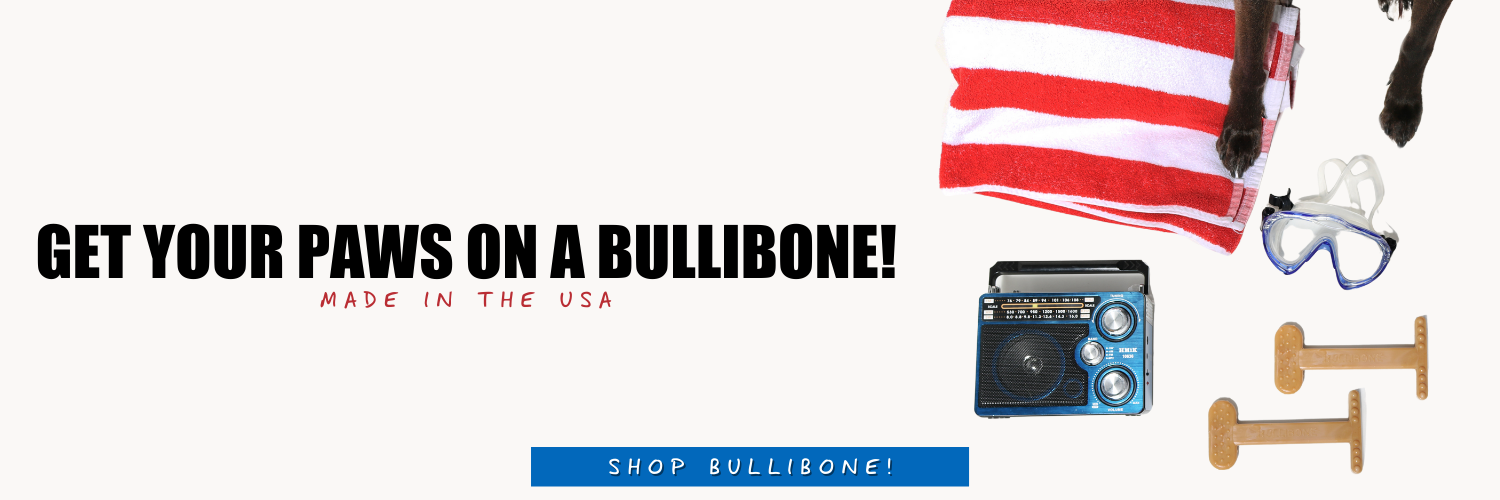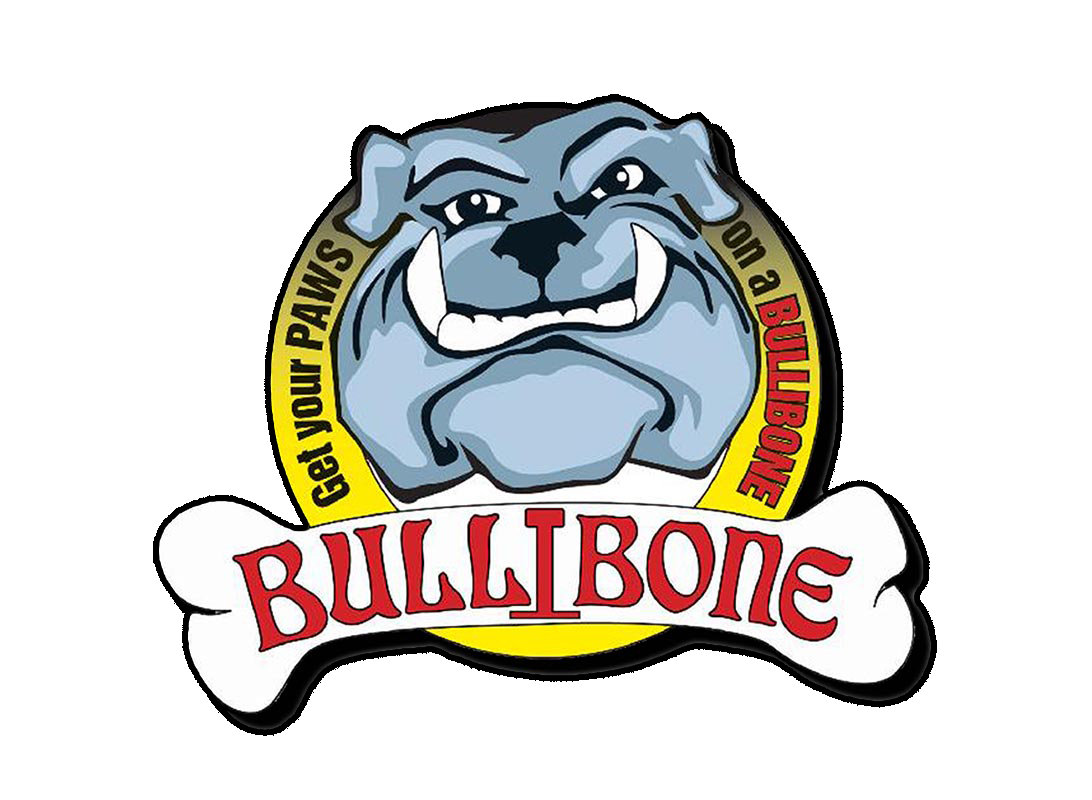Have you ever wondered what dogs are saying when they give you the “look”, wag their tail, bark, howl or make other sounds? How can we bridge the gap between humans and dogs and have meaningful conversations? We’re here to teach you how to communicate with dogs and decode the biggest secrets of canine communication. Get ready to wag your tails, scratch your ears, and learn the art of speaking dog.
1. Listening to the Language of the Body: It’s All in the Wag and More
When it comes to communicating with dogs, forget about words and focus on dog body language. Dogs are known for their non-verbal communication, so their body language is like a picture that’s worth 1,000 words. Pay attention to their tail—it’s like their very own flag, waving messages of joy, fear, and curiosity. But a wagging tail is just the beginning! Keep an eye on their ears, facial expressions, and overall body posture.
2. The Eyes Have It: Peering into the Canine Soul
They say the eyes are the windows to the soul, which also holds true for a dog’s eye. Dogs communicate through their eyes, expressing a wide range of emotions. Take a moment to connect with your canine companion through meaningful eye contact. It’s like having twin telepathy. But remember, staring directly into a dog’s eyes can be seen as a challenge, so maintain a soft gaze and let the conversation flow.
3. Ears to Hear: The Telltale Sign of Canine Emotion
If eyes are the windows to the soul, then ears are the antennas of emotion. Dogs use their ears to communicate how they’re feeling. Perked ears indicate attentiveness and curiosity, while flattened ears may signal fear or submission. It’s like listening to a symphony of emotions through those adorable floppy or pointy ears. Practice active listening so you can listen closely to what your furry friend is telling you.
4. The Power of Posture: Striking the Right Pose
Just like humans, dogs use body gestures to convey messages. A relaxed, loose body indicates a happy and friendly demeanor. On the other hand, a stiff body with raised hackles might indicate aggression or fear. It’s like watching a doggy ballet, where every movement has meaning. So, pay attention to your dog’s body movement and adjust your own accordingly. Mimicking their relaxed posture can help build trust and a stronger bond.
5. Vocalization: Barks, Growls, and the Symphony of Sounds
We know dogs are experts when it comes to non-verbal communication but they also love a chance to be vocal. Barks, growls, whines, and howls have a purpose in the canine dictionary. Listen to the tone, pitch, and intensity of their vocalizations. A high-pitched bark might indicate excitement, while a low, guttural growl can mean they’re feeling threatened. It’s like listening to a symphony of sounds, each note carrying a specific message.
6. Training and Trust: Building a Common Language
Effective communication with your dog requires training and trust. You can establish a common language that strengthens your bond by teaching them basic commands and using positive reinforcement through dog training tips for beginners. It’s like attending a language school together, where you both learn the nuances and intricacies of communication. Be patient, consistent, and always reward good behavior.
You’ve unlocked the different ways you can interpret dog communication styles. When you observe their body language and listen to the sounds they make, you’ll find ways to build a stronger bond and gain their trust. Remember, communicating with dogs is not about words—it’s about listening with your heart, observing with your eyes, and embracing the unique language of wagging tails, perked ears, and joyful barks. So, go forth and converse with your canine companions. The world is waiting to see how you communicate and bond with your dog!

